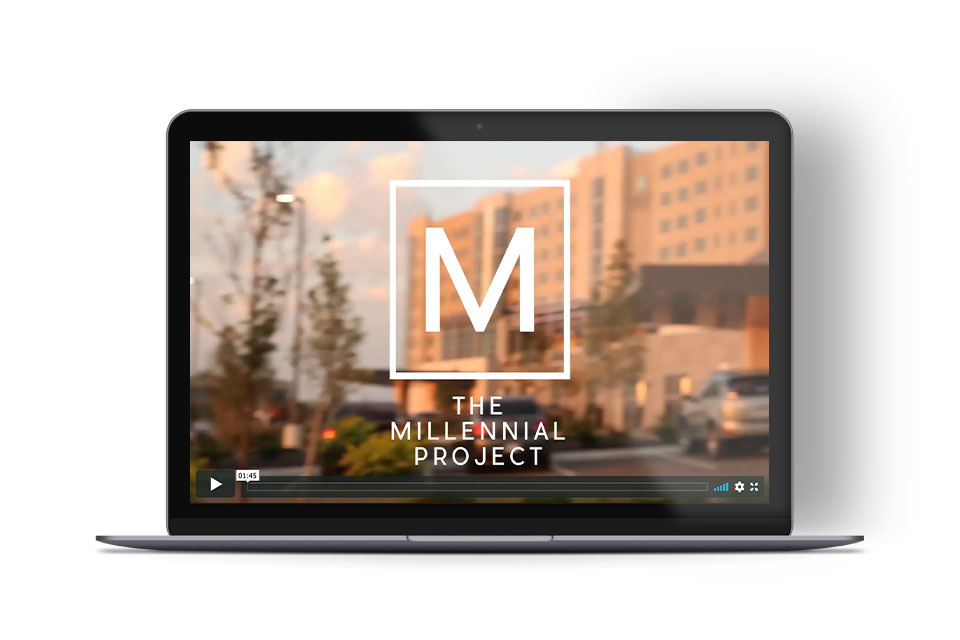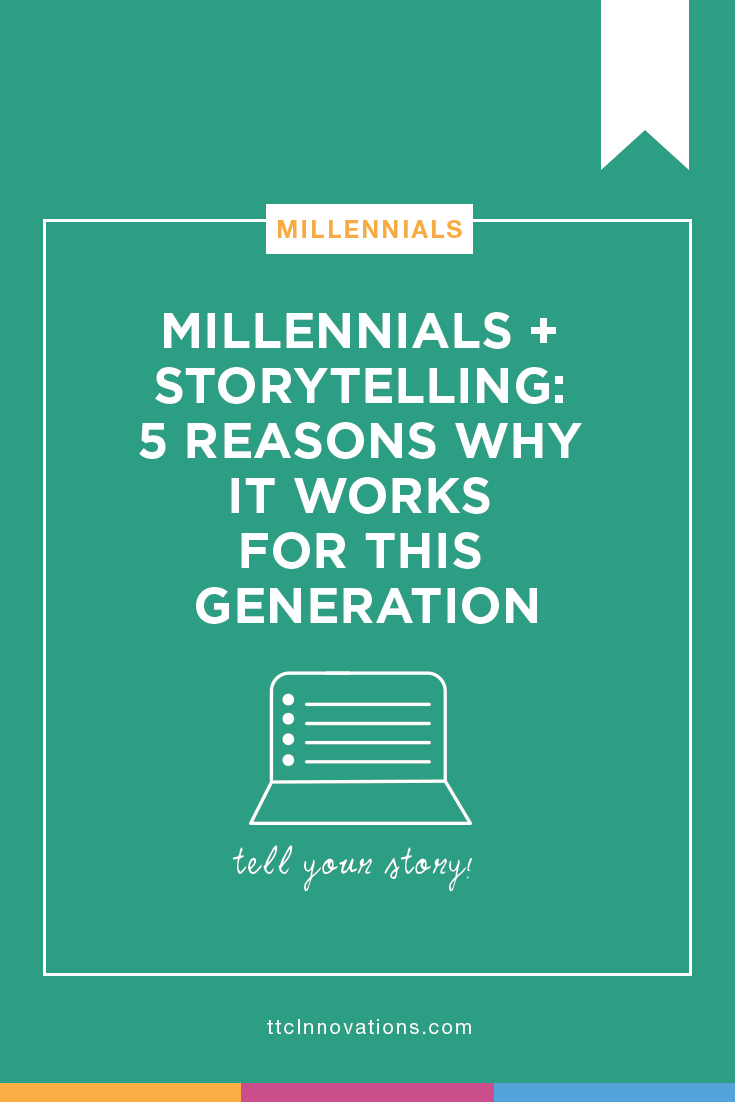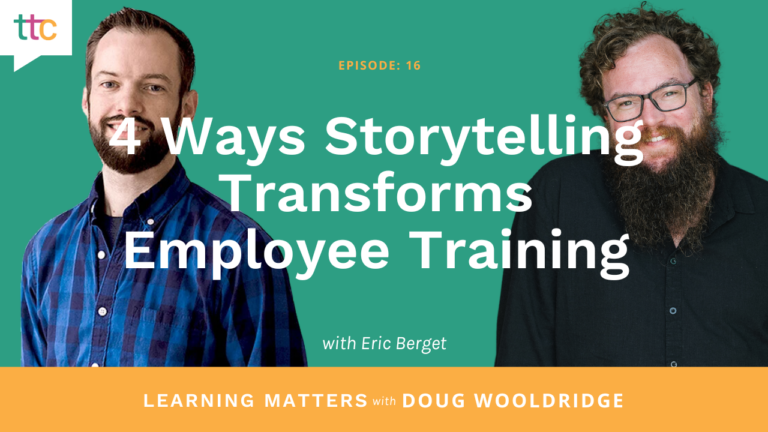Everyone likes a good story, but not everyone finds a particular so-called “good story” all that great.
How do you write a Millennial-friendly story? One that this generation (so often referred to as the “Me Me Me Generation”) can find engaging?
First, let’s redefine that cliché. I, for one, like to think of them as the “Why Generation.” They don’t just ask, “What color is the sky?” They ask, “Why is it blue?” The key to capturing their attention is to write compelling stories that can help them uncover reasons and mechanisms rather than just handing them the facts.
These are some of the ways I’ve found most effective:
Show them
Stories are a great way to demonstrate behaviors and to suggest these as “preferable.” This can be particularly important if you are trying to help Millennials learn how to relate to their team, the company, the customers or specific job tasks. Storytelling is an excellent way to help them understand interpersonal skills like how to work together, how to ask for and give feedback, or which behavioral approach can be most successful at showing others that they are putting their best foot forward.
Give them control
Millennials value their time and the ability to choose how to spend it. Set stories up so that they are in control, making decisions and seeing the results of those decisions. Give them ample opportunities to explore by providing a variety of paths within a story.
Provide feedback (lots of it) throughout the story. Millennials want to know why one outcome is better than the other, and they want to understand how making one decision can influence other decisions down the line.
Go organic
Before you think I’ve lost my mind—what I mean here is: Get back to basics. Provide enough details to bring the story to life, but not so many extraneous ones that your Millennial learners get distracted and lose focus of the primary issue. Clutter in a story is like pesticide on lettuce. Sure, the lettuce will look gorgeous, but they won’t buy it.
Deconstruct complex tasks or ways of thinking so that it’s very clear what a Millennial should do or be able to do as a result of your training. Think “simplicity” and trim the fluff off.
Consider too that there is a balance needed here. If your storyline oversimplifies a task or leaves out important steps, you may create a space for mistakes to happen. Millennials are hard workers and they want to do a good job, but if they don’t have all the facts they will only do as much as they have been told to do.
Keep it real
Use the appropriate language and imagery that will appeal to this group. This is what I call the “keeping it real” approach. If your story reads like a dissertation, then it probably won’t have the impact you want with this audience. This is not to say that good grammar and punctuation aren’t important. They are, but they are secondary to the importance of a tone in your story that reflects everyday life.
The tone of your story should reflect everyday life and engage your learners. Share on X
From a visual perspective, use real photos that capture the essence of what a person would do in that situation and make sure the photos reflect the diversity of your organization and its customer base. Millennials are one of the most diverse generations of workers to date, and they want to see a world that looks like theirs. It’s a fact of life: as humans we tend to make things reflect first what we like, and not necessarily a more neutral, real world.

The Millennial Project
Let’s begin a conversation about positioning your enterprise as the preferred destination for high-performing, passionate Millennial workers.
Get started
Good stories take time to write and in most instances you’ll need more involvement from your subject matter experts (SMEs) so you can capture the real essence of what you’re trying to create.
The first step is to think about the context of your story. It may help to recall things that have happened to you or any of your friends or coworkers, particularly Millennial ones. Think about how that experience looked and felt. Usually, this is a good place to decide how your character or characters will look and what they’ll be like. Find a mental image that can guide you.
Then begin with the outcome and work into the details of what events led to it, layering in other paths that could have been taken along the way. During this process, think about the types of emotions that would be attached to a story: Is it a happy one? Is it sad or tense? How challenging is it? From here, you can pull your story together so that it highlights key decision points and reactions to those decisions.
Now you should be well on your way to writing a compelling storyline that will grab your Millennial audience’s attention.
If you’re interested in learning more about how to engage, attract and retain Millennials to your organization, we welcome you to discover The Millennial Project, our signature workshop to help you and your team bridge the generational gaps!
Contact Debbie Wooldridge, for pricing and more information.







